The Bucks of Tecomate Hunt – African Edition Day 3 and Day 4 - My First Nyala
Bucks of Tecomate - African Edition
Days 1 & 2 | Days 3 & 4 | Days 5 & 6 | Days 7 & 8 | Days 9 & 10
Day 3: Sept. 2, 2011 – Another day in the riverine chasing nyala. Same story – close but no cigar. We’re seeing them but mostly after they’ve seen us and are running with white tails flagging (yes, they have a white tail like a whitetail, as do kudu and bushbucks!). Sometimes, it’s just too thick for a clear look or shot. Then there are times when an otherwise good stalk is blown by the snort of an impala or kudu … or Mulalazee’s size 14 feet! He has eyes like a vulture and can track a lizard over solid rock, but he walks like he’s stomping out a fire.

Generally, I feel we are moving too fast. If I were whitetail hunting, I would be moving at a snail’s pace, stopping every step or two to look and listen, letting the animal make the mistake. We’re almost always on the move … 5 of us, a veritable train of humanity. Still, I’m sure it will happen, but I’m getting more convinced that we’ll need to sit for them. We found a grove of 4 or 5 nyala berry trees spread over a couple of acres. Seems like a hub of activity, plus we saw two big bulls there. One was wide, heavy, and tall, a great combination in nyala and whitetails alike. I’ve set my heart on the wide one. If we apply the old tried and true whitetail strategy – stand-hunting – early in the morning or late in the afternoon, I’m convinced we’ll get him.

One more thing – seems the nyala are getting a bit rutty. We’ve seen several trailing cows. Nothing like pretty women to get a man in trouble. Speaking of pretty, nyala cows are beautiful but they look nothing like the males, which are generally considered the most beautiful of all the antelope species. Nyala are an example of what is known as “extreme dimorphism,” where the two sexes looking entirely different. The male is charcoal grey with shaggy hair, especially on its belly and neck, sports a bold white dorsal mane, and at over 250 pounds, weighs fully twice that of a female. The female looks more like a striped female impala – short reddish colored hair, no mane, no horns, distinct vertical white stripes on the sides, white spots on the face, throat, flanks, and thighs. Strange seeing a big male rutting one of the dainty females.
Upon returning to the lodge, I found that David Shashy had gotten his buffalo, an old heavy-bossed warrior. His .416 Rem. Mag. had sent a 400-grain Winchester Nosler Partition through both shoulders at 60 yards. That was all he needed, but with buffalo, you keep shooting until they’re down. David followed with a second shot that whacked an acacia as the buffalo went down and sounded the death bellow. David’s eighth Cape buffalo, I think. Camp time especially good that night.

Day 4: Sept. 3, 2011 – Great thing about big game hunting is that it only takes a few seconds to go from despair to elation! It ain’t like crappie fishing where it takes lots of bites to make a good day; it’s more like marlin fishing where one strike is all you need to make the day … indeed, the year! Today, I got the nyala version of a marlin strike! But it didn’t start out too promising.
In Africa, it’s hard to make a plan and stick with it. Too many unexpected things come along to change it … like mad elephants. As we made our way to the nyala berry grove we wanted to hunt, five bull elephants greeted us. Something had them seriously riled. Without warning, they came charging toward us, highly agitated, screaming, and breaking trees. Suddenly, my .300 WSM seemed a tad inadequate. Fortunately, Terry does not go anywhere without his .458 Win. Mag. for just such occasions. As it turned out, we didn’t have to shoot but we did have to evacuate the area for a while. Terry said the only time he had ever seen elephants respond that way without apparent cause was right after they had killed somebody! We checked later for a body but found none. A mystery. Unpredictability is a part of an elephant’s nature … and Africa!
Other than the elephant incident, the morning was more of the same. Close encounters and parts and pieces of nyala. We did catch a glimpse of the big bull we were after. We also saw the biggest warthog I’ve ever seen. I’ve shot some big ones, but this one bested them all. Didn’t want to shoot with nyala around. Vowed to return for him later.

Since it’s the height of the dry season, animals are concentrated around water. Where the forest merges into the plains is a waterhole Digby pumps to. Animals flock there from the plains and forest. I put a Reconyx camera on the waterhole. In 3 days, it captured over 2,600 pictures of everything imaginable, including several bull nyala and the big warthog I had seen earlier. Honestly, it would be been fairly easy to sit on the waterhole and shoot a nyala, but I had decided beforehand to hunt them in their natural habitat just like I hunt whitetails. Only by doing this could I really understand them and fairly compare them to whitetails. So that afternoon, we returned to the forest with the intent to sit on a termite hill on the edge of the hot nyala berry grove. But once again, plans don’t mean much in Africa.
We parked the Land Cruiser a few hundred yards from the grove and started off. We hadn’t gone far when Willie squatted and pointed toward a nyala berry tree just on the edge of view. Through my 10x42 Leupolds, I could make out the chestnut body of a female nyala. Then into view walked the charcoal body of a big bull, clearly hazing her with amorous intent. Plan B quickly went into effect. We began a slow tedious stalk on the pair through thick cover. At 60 yards, we stopped and waited, afraid to try to get closer with size 14s along. A minute later we were treated to a rare sight – a bull nyala completely oblivious to us chasing and even trying to mount the female. He gave us a great side view, even exposing himself in full sunlight, but he never turned to face us so we could be sure he was the big wide one I had my sights set on. Then suddenly, the female led him off into the nearby thicket, giving us one last glimpse that told us it was him. I could have kicked myself. But there was one good thing – the pair seemed to be headed toward our grove. We backed out of the thick cover and scurried toward the nyala tree grove, hoping to get there first. We didn’t.
We had just broken into view of the grove when Willie stopped, dropped, and pointed. We all dropped and looked down his finger. About 130 yards away through all kinds of denuded brush clutter stood my bull nyala, the female to his right. He was locked on us. The clock was ticking. Only the female was delaying his departure. Terry snapped the Bog-Pod shooting sticks into position. I rose to them as I turned to see if Matt had the camera rolling. He did. I dropped the Sako into the cradle and asked Matt if he had him. A definitive “yes” came back. I settled for the shot, looking for a hole through the mostly vertical stems between the nyala and me. Found nothing obvious. Time was running out. Hoping for the best, I put the crosshairs just behind his shoulders and squeezed, hoping that if the bullet hit anything it would be near the nyala, minimizing deflection. On the shot, I saw a small cloud of dust erupt about halfway to the nyala. I also heard a solid “whump” and saw the nyala buckle slightly, wheel, and run. I threw another round his way but knew it flew wide right as he hooked left.
I didn’t know whether to celebrate or kick myself; whether he was dead, wounded, or missed. The sight picture was good, but there was no doubt that the bullet had hit something en route to the bull. Still, 180 grains don’t turn easily. We went forward hopeful but concerned. The tracks were cut deep enough in the sand that even I could follow them. No blood after 20 yards. Then, Willie bent down quickly and dabbed his finger in a quarter-sized pool. Blood! Our pace quickened. 40 yards then 50. As Willie and Mulalazee worked the trail, I looked 20 yards beyond them … and for a second, couldn’t believe my eyes. Just beyond a big log lay my first ever nyala, the very one I had set my sights on. He was stone dead after a 70-yard run. The celebration began. It’s a big deal to take a nyala! This one was a stud!

Nyala are even more beautiful up close than at a distance. No wonder they are usually full-body mounted. The size, the rich colors, the mane, the white-tipped lyre-shaped horns, the facial markings, the orange legs – this was an animal to be appreciated and valued. I had hunted nyala unsuccessfully on another safari for over a week. Now after four days our chasing them in their haunts, I had a truly exceptional bull, success made all the sweeter by the fact that he was THE one I was after. In whitetail hunting, I often lock in on one particular animal, willing to forgo even bigger and better ones for the one I’m after. It was the same way with this nyala. He was MY nyala. After seeing him that first time, no other would do. I thanked God for the opportunity to experience this place and to hunt such a magnificent animal as lay before me.
Join me tomorrow as I hunt and track the elusive eland for 40 miles in day 5 and 6 of my African adventure.
Bucks of Tecomate - African Edition
Days 1 & 2 | Days 3 & 4 | Days 5 & 6 | Days 7 & 8 | Days 9 & 10
Days 1 & 2 | Days 3 & 4 | Days 5 & 6 | Days 7 & 8 | Days 9 & 10
Day 3: Sept. 2, 2011 – Another day in the riverine chasing nyala. Same story – close but no cigar. We’re seeing them but mostly after they’ve seen us and are running with white tails flagging (yes, they have a white tail like a whitetail, as do kudu and bushbucks!). Sometimes, it’s just too thick for a clear look or shot. Then there are times when an otherwise good stalk is blown by the snort of an impala or kudu … or Mulalazee’s size 14 feet! He has eyes like a vulture and can track a lizard over solid rock, but he walks like he’s stomping out a fire.

Generally, I feel we are moving too fast. If I were whitetail hunting, I would be moving at a snail’s pace, stopping every step or two to look and listen, letting the animal make the mistake. We’re almost always on the move … 5 of us, a veritable train of humanity. Still, I’m sure it will happen, but I’m getting more convinced that we’ll need to sit for them. We found a grove of 4 or 5 nyala berry trees spread over a couple of acres. Seems like a hub of activity, plus we saw two big bulls there. One was wide, heavy, and tall, a great combination in nyala and whitetails alike. I’ve set my heart on the wide one. If we apply the old tried and true whitetail strategy – stand-hunting – early in the morning or late in the afternoon, I’m convinced we’ll get him.

One more thing – seems the nyala are getting a bit rutty. We’ve seen several trailing cows. Nothing like pretty women to get a man in trouble. Speaking of pretty, nyala cows are beautiful but they look nothing like the males, which are generally considered the most beautiful of all the antelope species. Nyala are an example of what is known as “extreme dimorphism,” where the two sexes looking entirely different. The male is charcoal grey with shaggy hair, especially on its belly and neck, sports a bold white dorsal mane, and at over 250 pounds, weighs fully twice that of a female. The female looks more like a striped female impala – short reddish colored hair, no mane, no horns, distinct vertical white stripes on the sides, white spots on the face, throat, flanks, and thighs. Strange seeing a big male rutting one of the dainty females.
Upon returning to the lodge, I found that David Shashy had gotten his buffalo, an old heavy-bossed warrior. His .416 Rem. Mag. had sent a 400-grain Winchester Nosler Partition through both shoulders at 60 yards. That was all he needed, but with buffalo, you keep shooting until they’re down. David followed with a second shot that whacked an acacia as the buffalo went down and sounded the death bellow. David’s eighth Cape buffalo, I think. Camp time especially good that night.

Day 4: Sept. 3, 2011 – Great thing about big game hunting is that it only takes a few seconds to go from despair to elation! It ain’t like crappie fishing where it takes lots of bites to make a good day; it’s more like marlin fishing where one strike is all you need to make the day … indeed, the year! Today, I got the nyala version of a marlin strike! But it didn’t start out too promising.
In Africa, it’s hard to make a plan and stick with it. Too many unexpected things come along to change it … like mad elephants. As we made our way to the nyala berry grove we wanted to hunt, five bull elephants greeted us. Something had them seriously riled. Without warning, they came charging toward us, highly agitated, screaming, and breaking trees. Suddenly, my .300 WSM seemed a tad inadequate. Fortunately, Terry does not go anywhere without his .458 Win. Mag. for just such occasions. As it turned out, we didn’t have to shoot but we did have to evacuate the area for a while. Terry said the only time he had ever seen elephants respond that way without apparent cause was right after they had killed somebody! We checked later for a body but found none. A mystery. Unpredictability is a part of an elephant’s nature … and Africa!
Other than the elephant incident, the morning was more of the same. Close encounters and parts and pieces of nyala. We did catch a glimpse of the big bull we were after. We also saw the biggest warthog I’ve ever seen. I’ve shot some big ones, but this one bested them all. Didn’t want to shoot with nyala around. Vowed to return for him later.

Since it’s the height of the dry season, animals are concentrated around water. Where the forest merges into the plains is a waterhole Digby pumps to. Animals flock there from the plains and forest. I put a Reconyx camera on the waterhole. In 3 days, it captured over 2,600 pictures of everything imaginable, including several bull nyala and the big warthog I had seen earlier. Honestly, it would be been fairly easy to sit on the waterhole and shoot a nyala, but I had decided beforehand to hunt them in their natural habitat just like I hunt whitetails. Only by doing this could I really understand them and fairly compare them to whitetails. So that afternoon, we returned to the forest with the intent to sit on a termite hill on the edge of the hot nyala berry grove. But once again, plans don’t mean much in Africa.
We parked the Land Cruiser a few hundred yards from the grove and started off. We hadn’t gone far when Willie squatted and pointed toward a nyala berry tree just on the edge of view. Through my 10x42 Leupolds, I could make out the chestnut body of a female nyala. Then into view walked the charcoal body of a big bull, clearly hazing her with amorous intent. Plan B quickly went into effect. We began a slow tedious stalk on the pair through thick cover. At 60 yards, we stopped and waited, afraid to try to get closer with size 14s along. A minute later we were treated to a rare sight – a bull nyala completely oblivious to us chasing and even trying to mount the female. He gave us a great side view, even exposing himself in full sunlight, but he never turned to face us so we could be sure he was the big wide one I had my sights set on. Then suddenly, the female led him off into the nearby thicket, giving us one last glimpse that told us it was him. I could have kicked myself. But there was one good thing – the pair seemed to be headed toward our grove. We backed out of the thick cover and scurried toward the nyala tree grove, hoping to get there first. We didn’t.
We had just broken into view of the grove when Willie stopped, dropped, and pointed. We all dropped and looked down his finger. About 130 yards away through all kinds of denuded brush clutter stood my bull nyala, the female to his right. He was locked on us. The clock was ticking. Only the female was delaying his departure. Terry snapped the Bog-Pod shooting sticks into position. I rose to them as I turned to see if Matt had the camera rolling. He did. I dropped the Sako into the cradle and asked Matt if he had him. A definitive “yes” came back. I settled for the shot, looking for a hole through the mostly vertical stems between the nyala and me. Found nothing obvious. Time was running out. Hoping for the best, I put the crosshairs just behind his shoulders and squeezed, hoping that if the bullet hit anything it would be near the nyala, minimizing deflection. On the shot, I saw a small cloud of dust erupt about halfway to the nyala. I also heard a solid “whump” and saw the nyala buckle slightly, wheel, and run. I threw another round his way but knew it flew wide right as he hooked left.
I didn’t know whether to celebrate or kick myself; whether he was dead, wounded, or missed. The sight picture was good, but there was no doubt that the bullet had hit something en route to the bull. Still, 180 grains don’t turn easily. We went forward hopeful but concerned. The tracks were cut deep enough in the sand that even I could follow them. No blood after 20 yards. Then, Willie bent down quickly and dabbed his finger in a quarter-sized pool. Blood! Our pace quickened. 40 yards then 50. As Willie and Mulalazee worked the trail, I looked 20 yards beyond them … and for a second, couldn’t believe my eyes. Just beyond a big log lay my first ever nyala, the very one I had set my sights on. He was stone dead after a 70-yard run. The celebration began. It’s a big deal to take a nyala! This one was a stud!

Nyala are even more beautiful up close than at a distance. No wonder they are usually full-body mounted. The size, the rich colors, the mane, the white-tipped lyre-shaped horns, the facial markings, the orange legs – this was an animal to be appreciated and valued. I had hunted nyala unsuccessfully on another safari for over a week. Now after four days our chasing them in their haunts, I had a truly exceptional bull, success made all the sweeter by the fact that he was THE one I was after. In whitetail hunting, I often lock in on one particular animal, willing to forgo even bigger and better ones for the one I’m after. It was the same way with this nyala. He was MY nyala. After seeing him that first time, no other would do. I thanked God for the opportunity to experience this place and to hunt such a magnificent animal as lay before me.
Join me tomorrow as I hunt and track the elusive eland for 40 miles in day 5 and 6 of my African adventure.
Bucks of Tecomate - African Edition
Days 1 & 2 | Days 3 & 4 | Days 5 & 6 | Days 7 & 8 | Days 9 & 10
Posted by David Morris
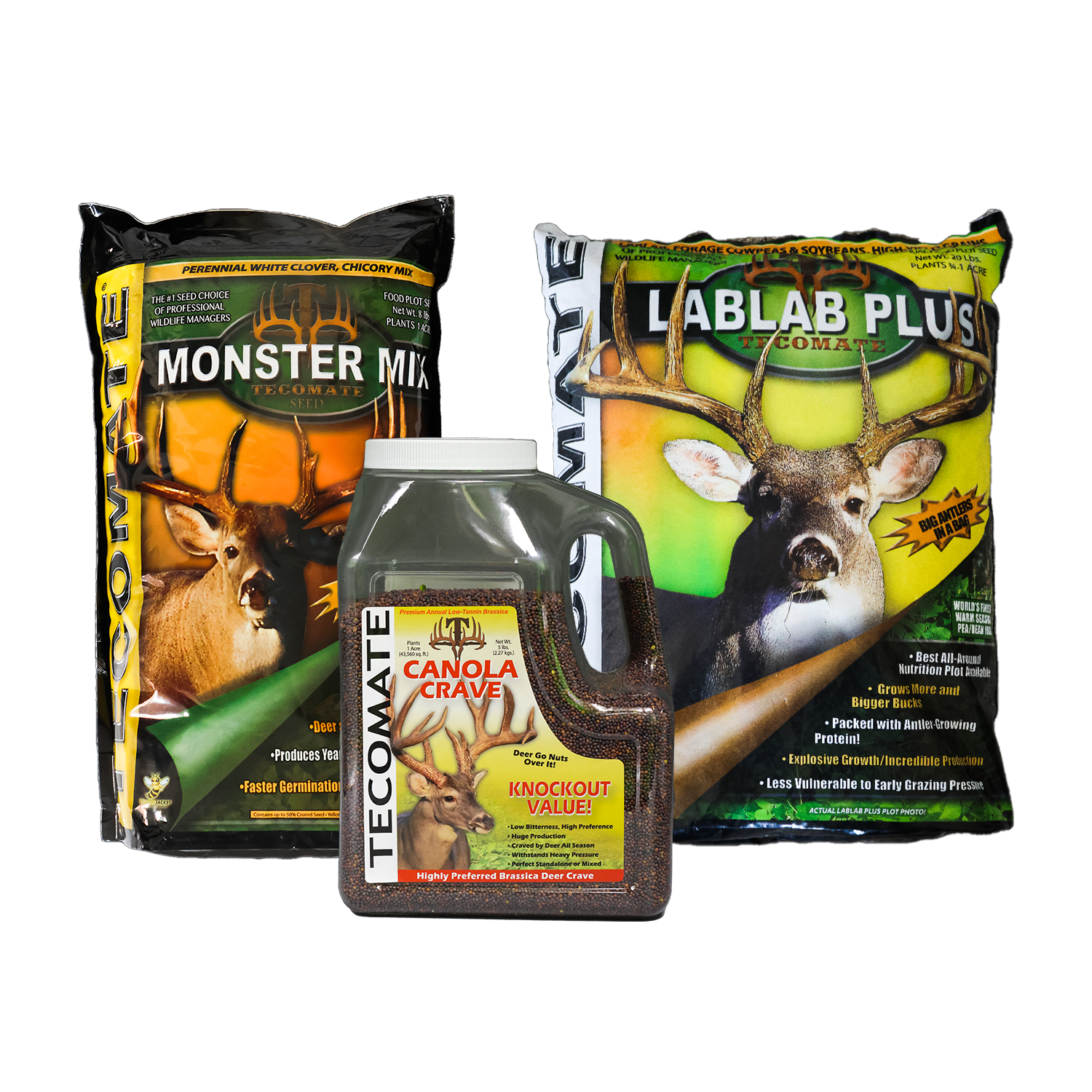
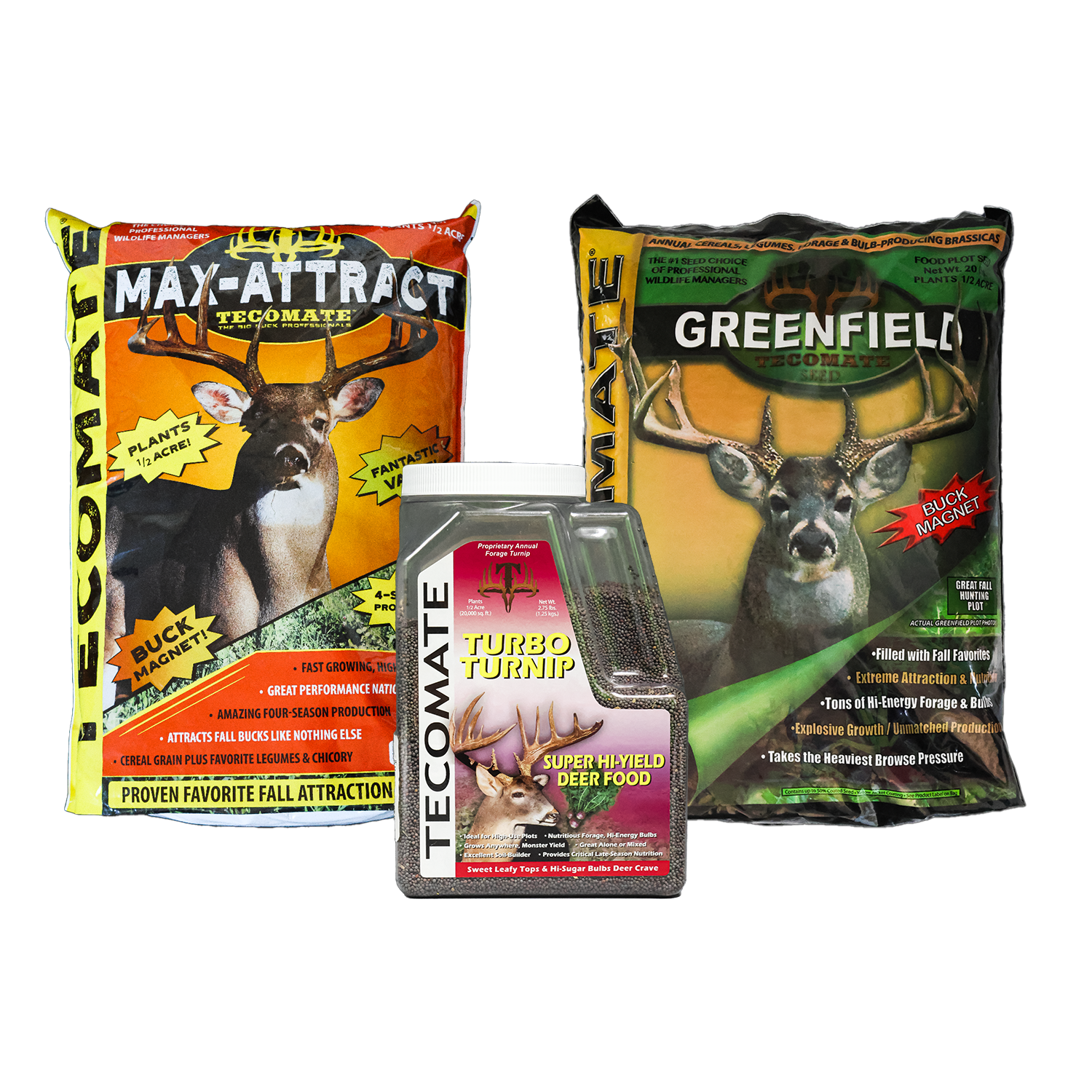
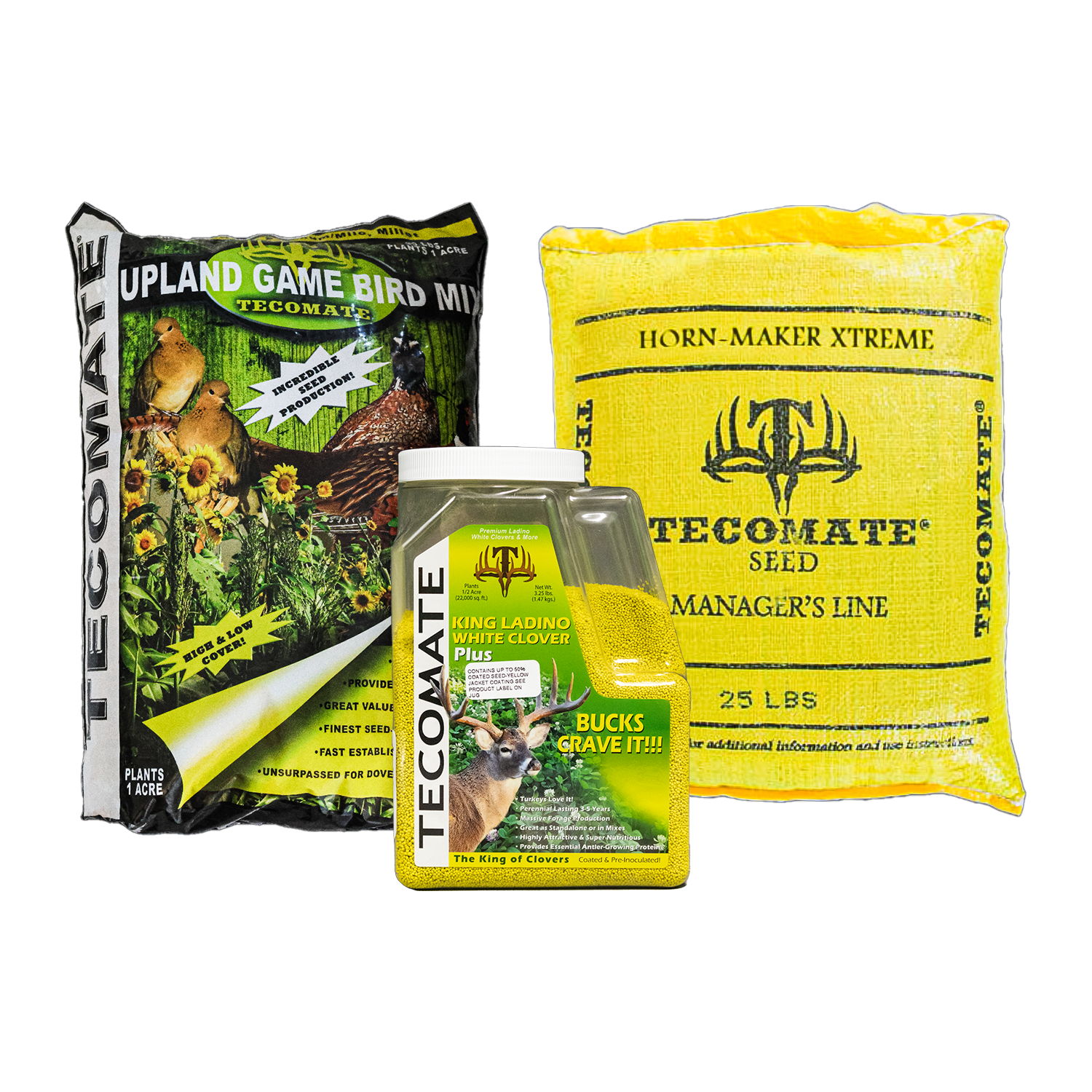
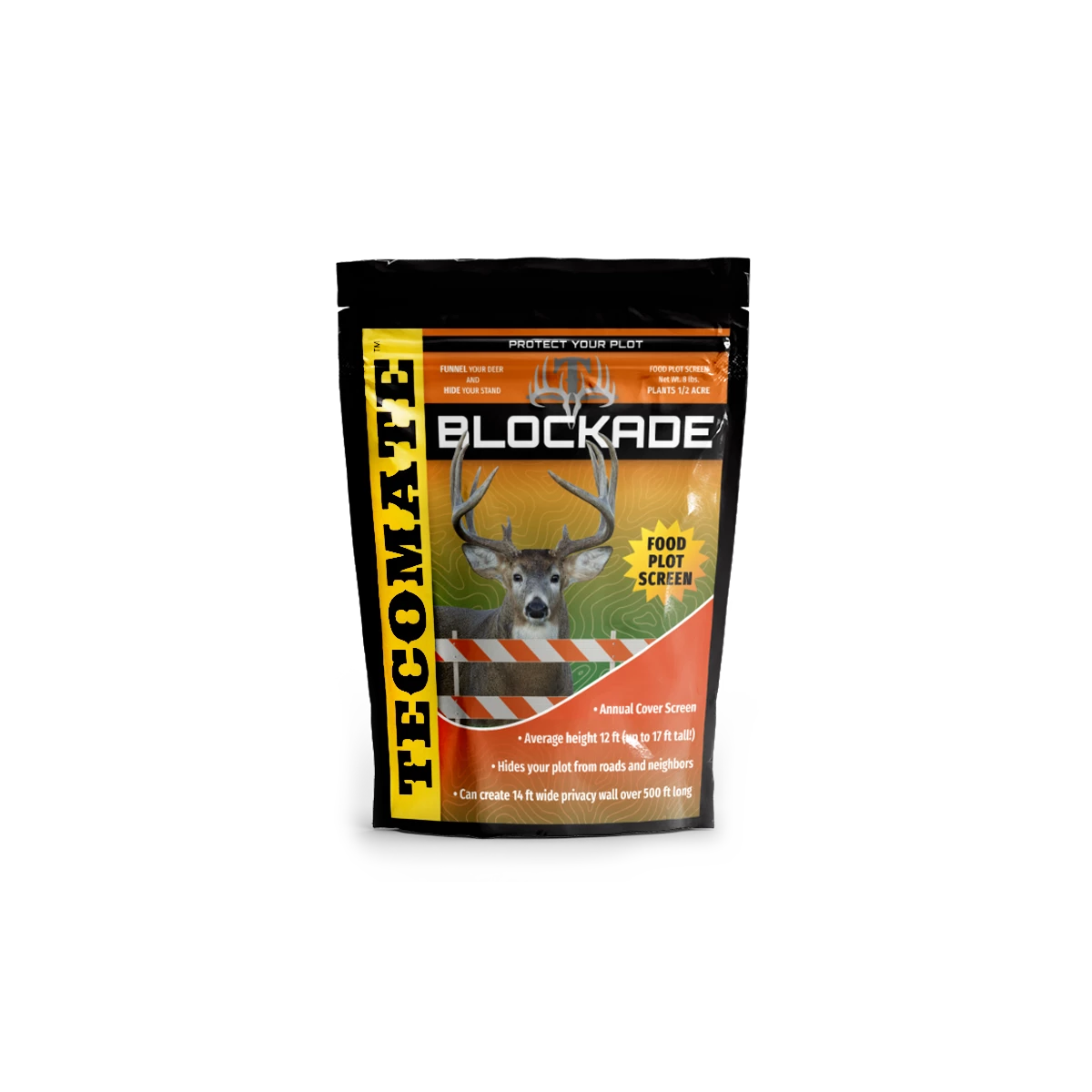
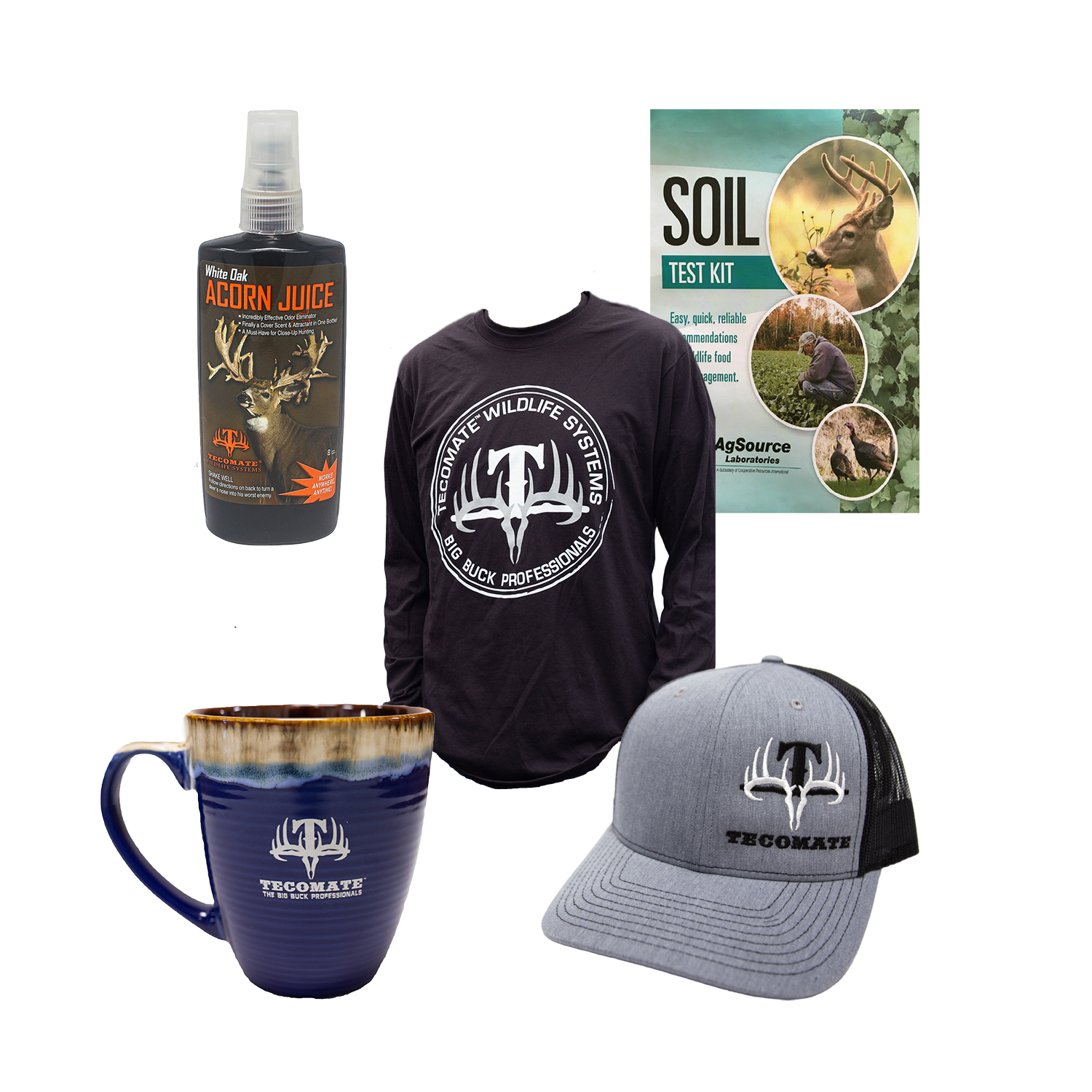
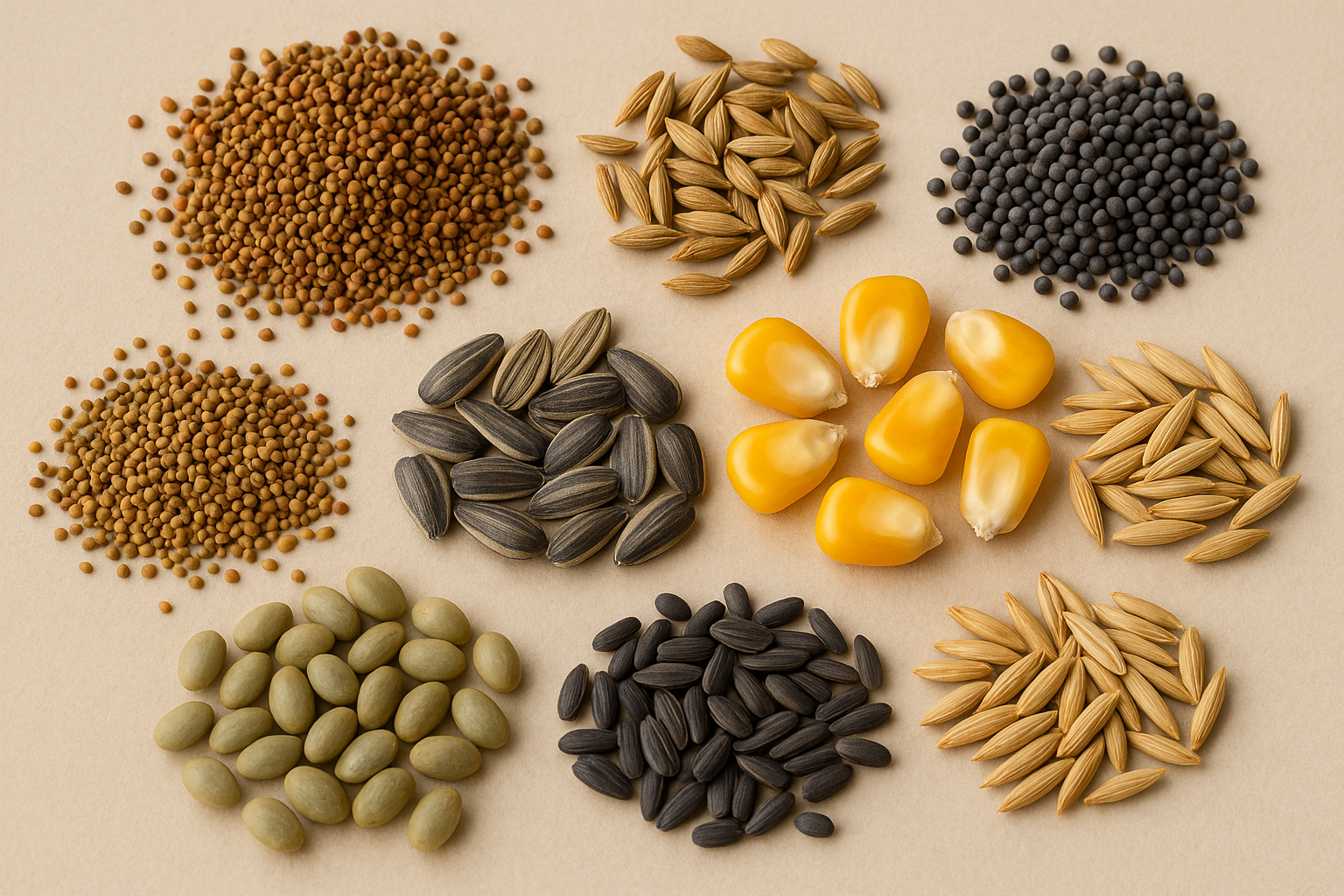
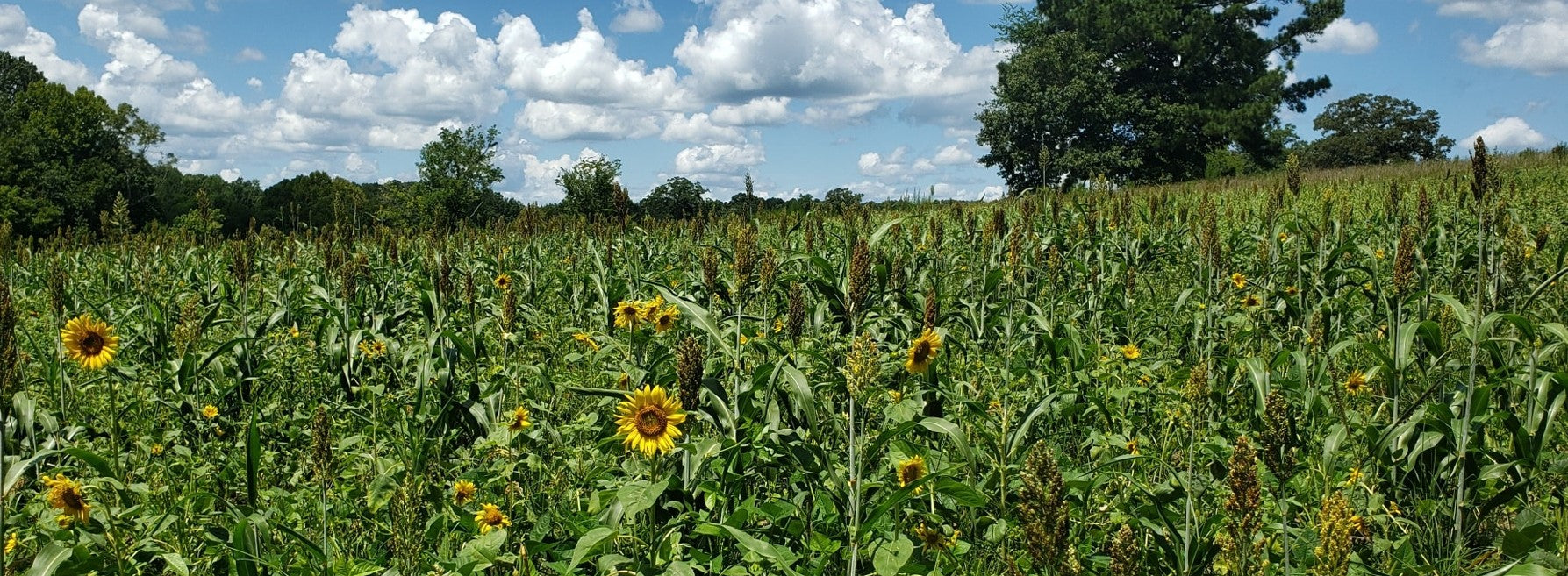
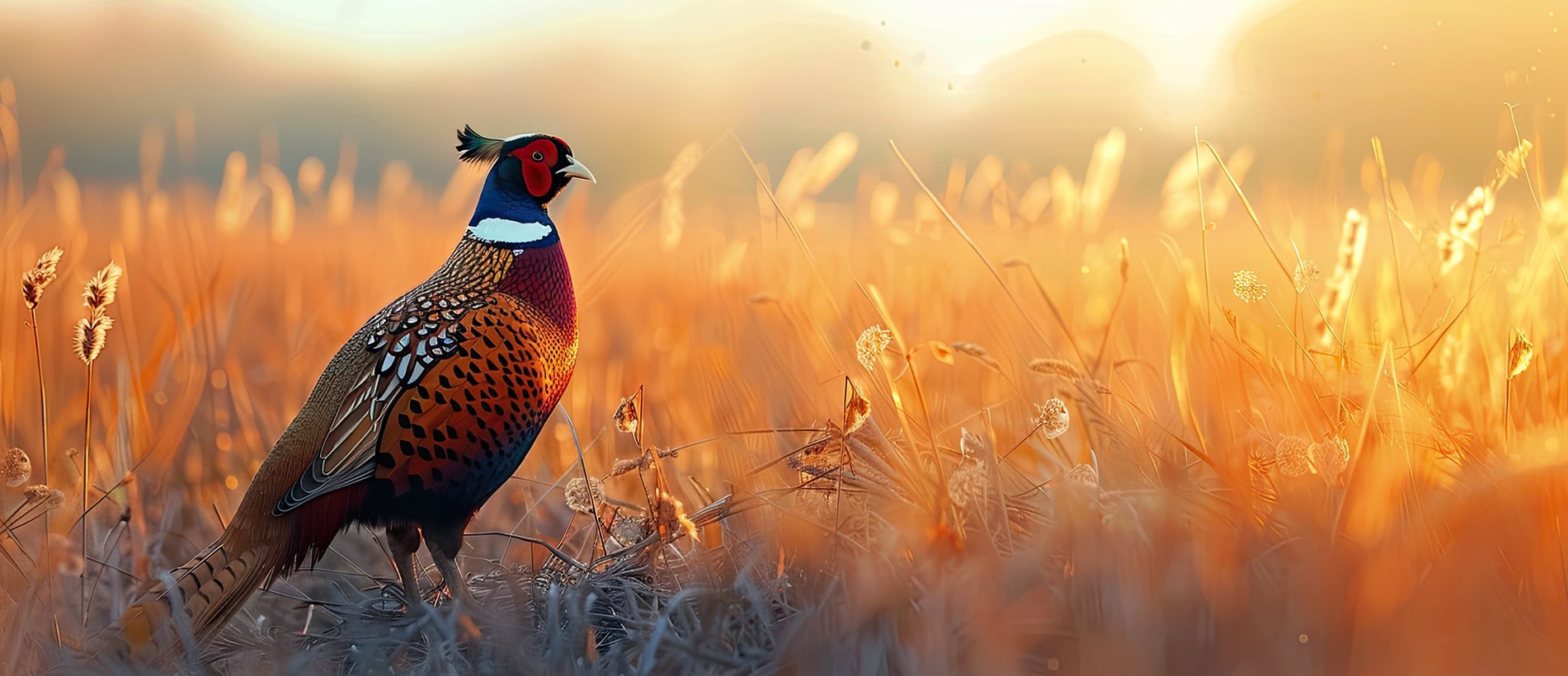

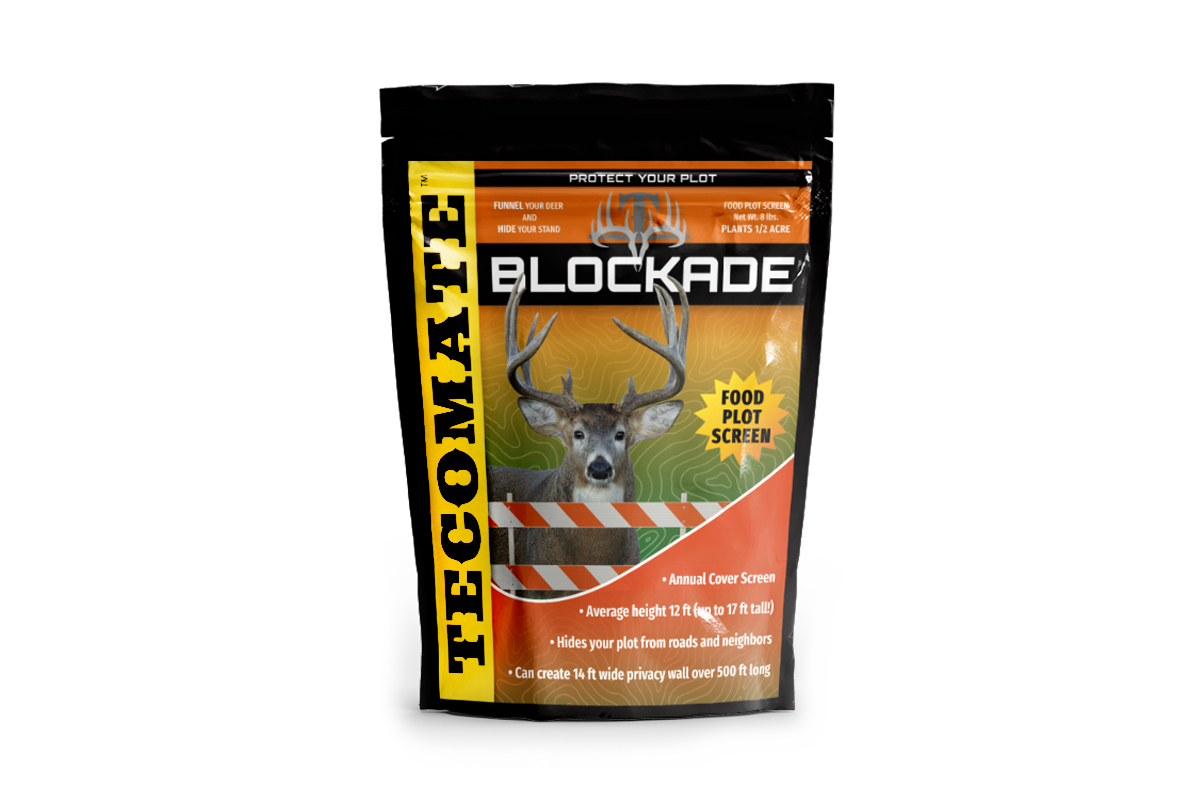
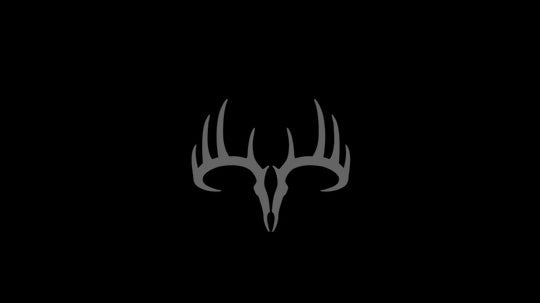
Leave a comment